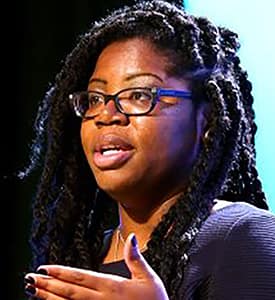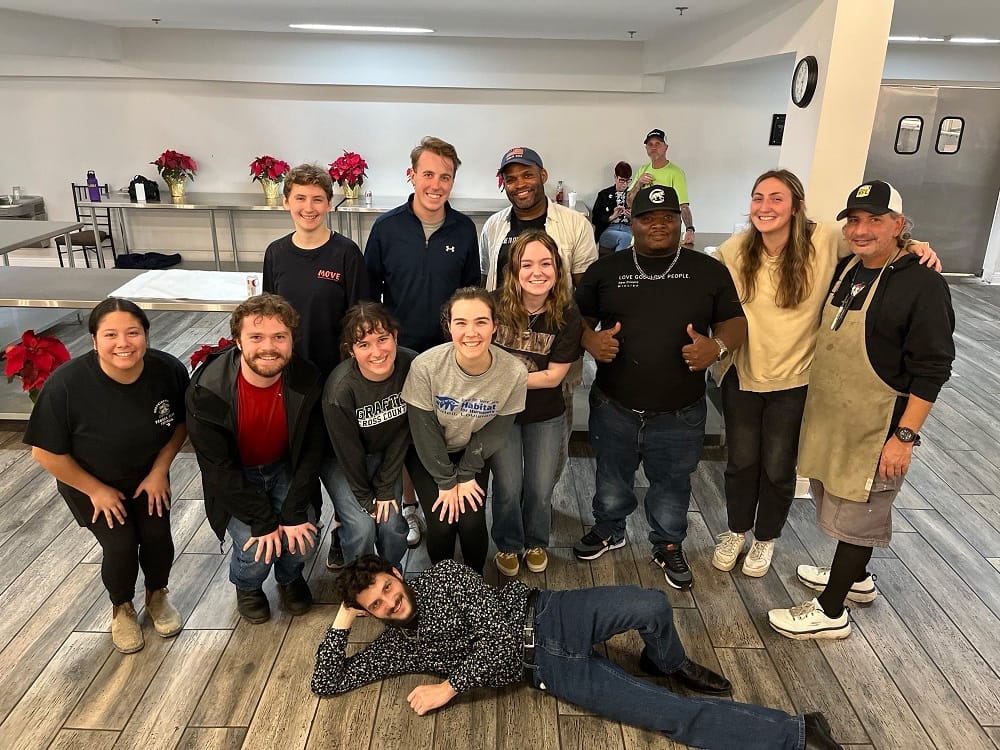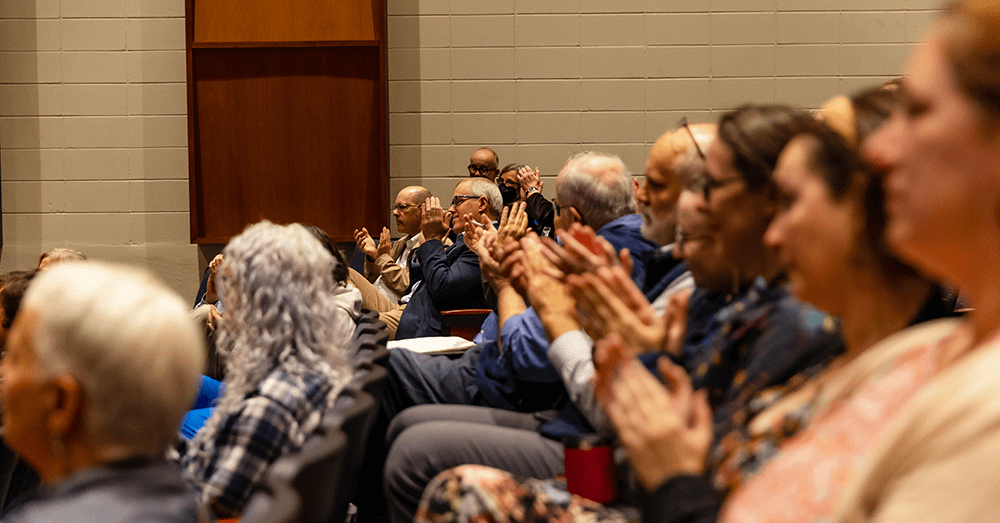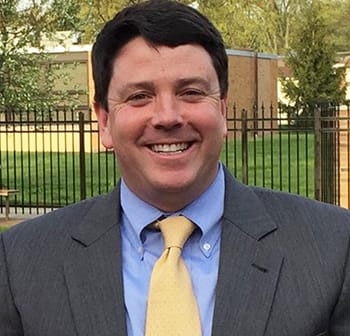Faithfulness, beauty amid pain: Speaker tells of Black nuns’ struggles
Shannen Dee Williams, PhD, an associate professor of History at the University of Dayton and author of Subversive Habits: Black Catholic Nuns in the Long African American Freedom Struggle, came to speak Thursday evening in the Farrell Room on the third floor of Saint Edmund’s academic building on the Saint Michael’s College campus.

Professor Shannen Dee Williams
Hosting her talk, titled “The Real Sister Act: The Hidden History of Black Catholic Nuns in the United States” was the Edmundite Center for Faith and Culture.Fr. David Theroux introduced Williams and gave the audience some insight to her extensive educational background studying the history of Afro-Americans, with degrees from Agnes Scott College (BA), University of Wisconsin-Madison (MA), and Rutgers University (PhD).
Williams began her presentation acknowledging that “as a lifelong Catholic, [she] had never seen a Black nun.” She sought to understand “Black sister invisibility” because she discovered how fundamental Black sisters were in the continuation of Black Catholic education that influenced Professor Williams’ mother’s education and, by extension, her own.
Williams spoke to several founders, directors, and members of the National Black Sisters’ Conference, and was told by Sister M. Martin de Porres Grey, “If you can, try to tell all of our stories.” This encouragement came in lieu of most stories of oppression being missed and ignored, not only by the community but by leaders within the Church itself.
“The Catholic Church wouldn’t be Catholic if it wasn’t for us,” Sister Loretta Theresa (Agnes Elain Miriam) Richards told Williams.
The dichotomy of wanting to address the violent oppression of Black Catholic nuns while not being able to speak out against the discriminatory practices of the Catholic Church haunted many Black sisters. “Marginalization and erasure demonstrate that Black Catholic nuns do not matter,” Williams said. Therefore, in her book, Williams works to flip that harmful narrative.
“African foundations of American Catholicism are just as important as the European foundations,” Williams said. Black Catholic women took on the task of tending to Black refugees coming from the Caribbean in the 18th century because white Catholics refused to tend to, care for, and educate Black children. Many members of the clerical community did not want Black women to be able to be nuns, even though many Black women were already doing the necessary work.
Sisterhoods of strength
Williams spoke about the Oblate Sisters of Providence, the nation’s oldest Black sisterhood, in Baltimore, MD, and how impactful much of the work of Black women was from the 18th century in the Church. Throughout Williams displayed incredible knowledge of the history, keeping the rapt attention of the room. “Black sisters were denied the ability to wear religious habits for the first several decades,” Williams said. The impacts of Black sisters can be felt all over areas like New Orleans where sisterhoods turned areas plagued by the sins of slavery into places of education for Black children by Black sisters, she said.
Williams also shared history of Black sisters in Savannah, GA, an area that is indebted to the Franciscan Handmaids of Mary, a Black sisterhood, for its formation and creating access for Black children to receive Catholic educations. Savannah had proposed a measure at one point that, if passed, would not allow white teachers to instruct Black children or allow Black teachers to instruct white children, and if that had been successful, it would have barred Black children from receiving Catholic educations.
The fight to integrate religious life for men and women occurred largely following World War II. Racially ambiguous Black women or Black women who could pass for white or another race not of African descent historically were the only exceptions to all-white community leadership rules pre-World War II. Most of the women who were racially ambiguous or white-passing were told they would have to cut ties with their visibly Black family members in order to enter religious life, which many refused to do. Williams shared her curiosity as to how many vocations were lost due to racism in the Catholic Church, and how different the Church would look now had they not been lost.
Contemplative communities were the first to integrate, followed by the apostolic communities. Anti-blackness was not a factor that was “disqualifying” within the clerical community, Williams said. Sisters who taught Black students were not comfortable with Black sisters joining their communities. Many times, Black students of white sisterhoods were rejected admission to the same sisterhood solely on the basis of race. But Black sisters were resilient, and often, the Black women who desegregated sisterhoods were the same to desegregate various colleges and universities.
“These are stories of faithfulness, so there is a lot of pain there, but there is also a lot of beauty,” Williams said.




